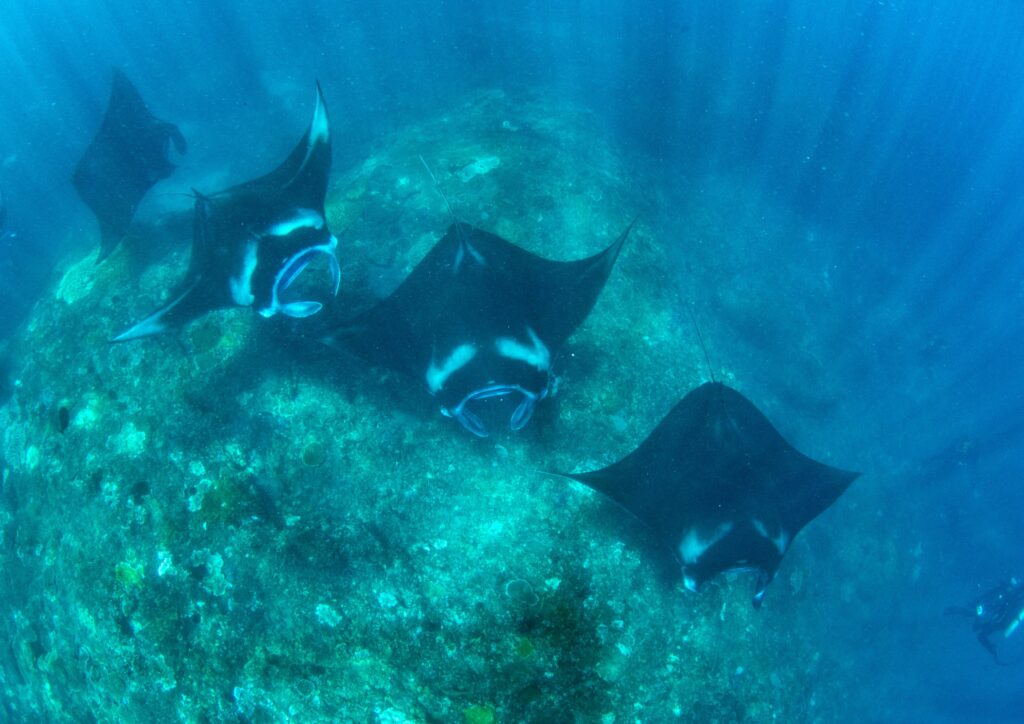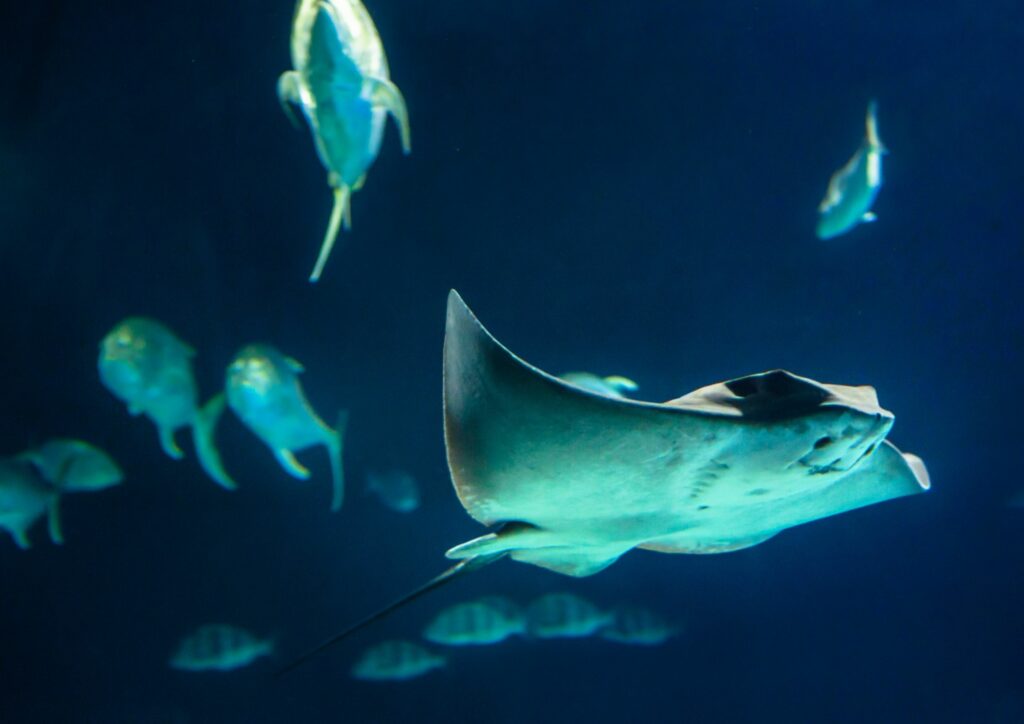Imagine having the privilege of witnessing one of nature’s most majestic creatures – the manta ray while diving into crystal-clear waters, surrounded by towering coral reefs. For many scuba divers, snorkelers, and ocean enthusiasts, spotting mantas in their natural habitat is a once-in-a-lifetime experience. And if you’re lucky enough to find yourself in Bali during the peak manta season, get ready for an unforgettable encounter with these gentle giants! In this blog post, we’ll dive into the best months to spot mantas in Bali, provide valuable tips on how to increase your chances of sighting them, and share some insider knowledge from our experienced diving guides.
What is Manta Season?
Before we dive into the details of spotting manta rays in Bali, it’s essential to understand what constitutes their peak season. Manta rays are known to migrate through Indonesian waters, including Bali, during specific times of the year. Typically, this period falls between May and October, with July and August being the best months to spot these gentle giants. During this time, mantas congregate around certain locations to feed on plankton-rich waters, making it easier for us to spot them.
Bali Diving: The Best Months to Spot Manta Rays

So, if you’re planning a diving trip to Bali during the peak manta season, make sure to schedule your dives between July and August. These two months offer the highest chances of spotting mantas in their natural habitat. Keep in mind that the best time for diving in Bali is usually early morning or late afternoon, when the sunlight filters through the water and makes it easier to spot these majestic creatures.
Tips on Spotting Manta Rays
Now that you know when and where to spot mantas in Bali, here are some expert tips to increase your chances of witnessing these gentle giants: First, focus on areas with strong currents, as mantas often congregate around these locations. Second, look for signs of manta activity, such as large fish swimming together or schools of baitfish. Third, be patient and persistent – spotting mantas can take time, so don’t get discouraged if you don’t see one right away.
Manta Ray Etiquette: How to Interact with These Gentle Giants
As exciting as it is to spot mantas, it’s crucial to remember that we’re guests in their ocean. To ensure a respectful and safe interaction, follow these guidelines: Maintain a distance of at least 10 meters (33 feet) from the mantas. Avoid touching or interacting with them physically. Don’t feed the mantas – this can disrupt their natural behavior and even harm them. And most importantly, respect their space and let them swim freely.
Insider Knowledge: Tips from Our Experienced Diving Guides
Our experienced diving guides have spent countless hours exploring Bali’s underwater world and have gained valuable insights on spotting manta rays. According to our guides, some of the best locations for manta spotting include Nusa Penida Island, Crystal Bay, and Tulamben Reef. They also recommend joining a guided dive tour to increase your chances of spotting mantas and to learn more about these incredible creatures.
Conclusion: Join Us for an Unforgettable Manta Encounter in Bali
As you plan your diving adventure in Bali, remember that spotting manta rays is just one part of the experience. At Gill Divers, we’re committed to providing exceptional service and ensuring that our divers have a great time with us. With our expert guides, state-of-the-art equipment, and unparalleled knowledge of Bali diving, you can be sure that your manta encounter will be an unforgettable one. So why wait? Contact us today to schedule your diving trip and get ready for Manta Madness in Paradise!

Wow, I’ve always wanted to see manta rays in their natural habitat! This article has inspired me to plan a diving trip to Bali during the peak manta season. The tips on spotting mantas are super helpful too!
Hi Aisha, We’re thrilled that our blog post has inspired you to plan a diving trip to Bali during the peak manta season! It’s indeed an unforgettable experience. If you have any questions or need assistance with planning your trip, please don’t hesitate to contact us at Tel: +65 6734 9373 or Email: [email protected]. We’re more than happy to help. Looking forward to hearing about your manta encounter!
I’ve heard so many great things about Bali’s diving scene, but this article has really convinced me to take the plunge (pun intended)! The insider knowledge from the guides is invaluable. I’ll definitely be joining a guided dive tour when I visit.
Hi Nurul Huda, thank you for taking the time to read our article and share your enthusiasm about diving in Bali! We’re thrilled to hear that it’s convinced you to take the plunge (pun intended!) and join a guided dive tour. Our guides are indeed invaluable sources of knowledge and will help you make the most out of your manta encounter. If you have any questions or need assistance with booking your dive trip, please don’t hesitate to contact us at +65 6734 9373 or [email protected]. We’re here to help! Look forward to seeing you in Bali!
This article has given me so much to look forward to! I’ve always been fascinated by marine life, and the idea of swimming alongside manta rays is exhilarating. Can’t wait to get some tips from the guides when I visit Bali.
That’s amazing, Shanti! We’re thrilled to hear that you’re excited about the prospect of spotting manta rays in Bali. Our guides are indeed experts and would be more than happy to share their knowledge with you during your visit. For now, make sure to plan your diving trip between July and August for the best chances of seeing these gentle giants. And don’t forget to follow our guidelines on manta ray etiquette to ensure a respectful and safe interaction. Looking forward to having you with us! If you have any questions or would like to learn more about our diving packages, please feel free to contact us at Tel: +65 6734 9373 or Email: [[email protected]](mailto:[email protected]).